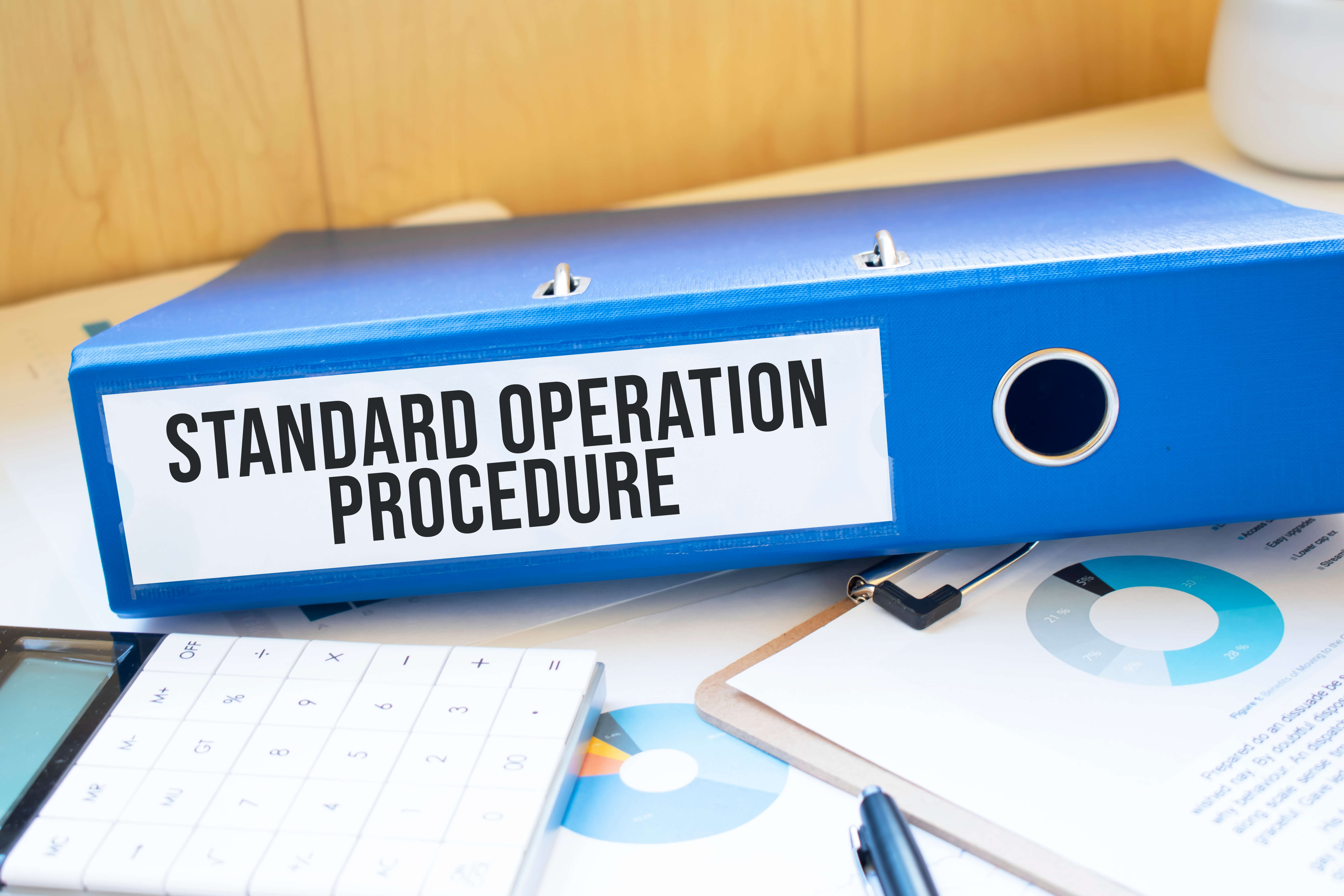The Manual Handling Operations Regulations (MHOR) 1992 defines manual handling as ‘any transporting or supporting of a load (including the lifting, putting down, pushing, pulling, carrying or moving thereof) by hand or bodily force
This legislation aims to reduce instances of musculoskeletal disorders (MSDs) among workers. It puts you under the legal obligation to conduct a suitable assessment of risks to employees from the manual handling of loads.
It defines a load as an ‘object, person or animal’. And requires you to consider factors that can create a risk of injury to your staff members.
Examples of factors include:
- The weight of the item.
- The carrying distance of the item.
- Twisting, turning, bending, stretching or any other posture staff may adopt when completing tasks.
This article explores manual handling training and the role it plays in ensuring employee safety.
What is manual handling training?
Whether or not we know it, physical labour happens every day at work.
As the name suggests, it teaches workers everything they need to know about manoeuvring loads safely. It also includes training on techniques for lifting, pushing, pulling, and storing.
Training isn’t just limited to warehouse workers. Accidents aren’t just confined to construction sites. It can happen in offices and kitchens where staff members lift heavy pans or large boxes or when changing the water cooler.
Therefore, you need to ensure you reduce the risk of injury in all areas of your business.
The importance of manual handling training
Manual handling happens in many workplaces every day.
The most common injury from manual handling is musculoskeletal disorders (MSDs). It refers to an injury of the joint of tissues in the upper and lower limbs of the back. The main importance of this training is to reduce injuries.
If done correctly, this training can also help to increase productivity. According to the HSE, employers lost more than 37 million working days last year. This was as a result of work-related illnesses with MSDs accounting for 35% of those days.
Is manual handling training mandatory?
Yes. All employers are responsible for the physical and mental wellbeing of their staff. While some jobs might not need employees to lift or move heavy loads, a majority of businesses do.
Lifting & manual handling training courses are available to ensure you meet this requirement. These range from basic training to advanced for employees who are required to take on manual handling as a main requirement of their role. (More on this in the next section).
Is manual handling training a legal requirement for all staff members?
While all employees could do with this training, it is mostly aimed at workers whose duties include the transportation of goods. Examples of professions include:
- Warehouse and factory staff.
- Delivery drivers.
- Office workers.
- Construction site workers.
- Loading and unloading workers.
- And manual labourers.
So, is manual handling training a legal requirement in the UK? Yes. There is particular emphasis on this If manual handling is a significant part of the individual’s role.
How long does manual handling training last?
Depending on the number of people at the training, an average course should take two to four hours. Once completed, they receive a certificate verifying that they’ve completed the course.
You might be wondering; how often should manual handling training be carried out? The HSE, along with other professional bodies recommend refreshing employee training at least every year. This is so they’re up-to-date with the latest trends and practices.
How often do you need manual handling training?
In other words—does manual handling training expire?
Yes, it does. To ensure continued safety, the HSE advises you to refresh your training at least once a year.
This is to ensure you keep up-to-date with the latest health & safety trends and changes in your industry.
Manual handling training courses
If you’re looking for someone to provide training, Croner offers a comprehensive course. On-site training will include practical manual handling training exercises, including various lifting techniques such as the six-point lift. This technique ensures they can perform a lift as a smooth process placing the minimum of effort, stress and tension on the body and helping to reduce the likelihood of a cumulative injury.
Apart from the manual handling training online courses, there are other steps that you can take to limit the risk to staff members.
Consider investing in aids that’ll further support your employees understanding of the effects of poor manual handling on their body. Products can include:
- Anti-slip handling belts.
- Dissectible lumbar vertebrae.
- A lifting manikin model to illustrate the effect of a bad posture.
Expert advice on manual handling with Croner
Croner offers practical manual handling and lifting training to keep your workers safe whatever job they may be doing. We offer manual handling assessment training, practical training and more.
Manual handling is a common issue that most workplaces have to contend with. At its core, the issue is simple but very easy to get wrong. It is essential you correctly manage health and safety at work.
With Croner’s help, you can ensure your staff are properly trained, avoid accidents before they occur, and protect your business from risk.
So, for answers to all your manual handling questions, support with employee training, or advice on any other health & safety topic, speak to one of our experts today on 01455 858 132.
Related resources
Categories
- Business Advice
- Contracts & Documentation
- Culture & Performance
- Disciplinary & Grievances
- Dismissals & Conduct
- Employee Conduct
- Employment Law
- End of Contract
- Equality & Discrimination
- Health & Safety
- Hiring & Managing
- Leave & Absence
- Managing Health & Safety
- Moving
- Occupational Health
- Pay & Benefits
- Recruitment
- Risk & Welfare




